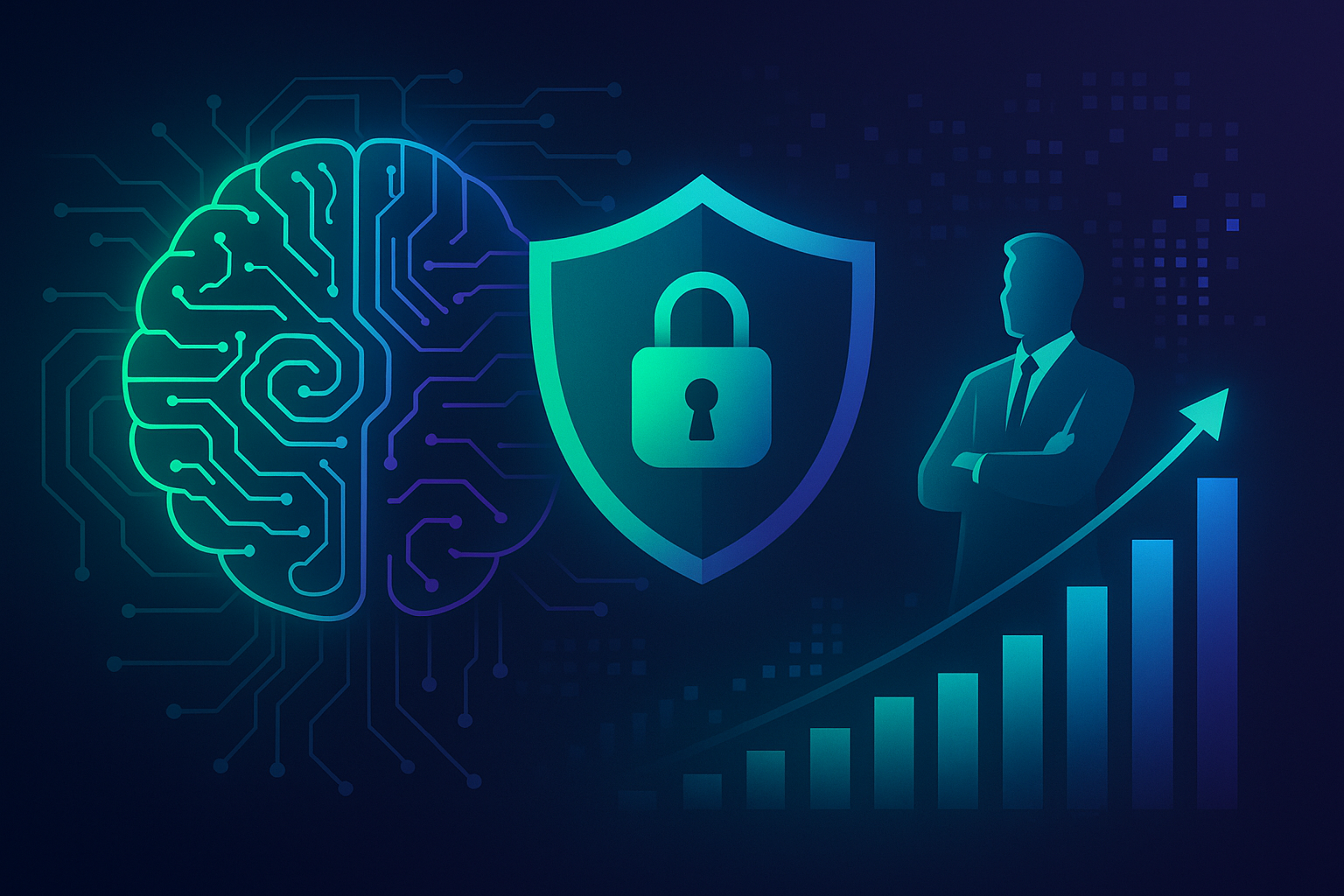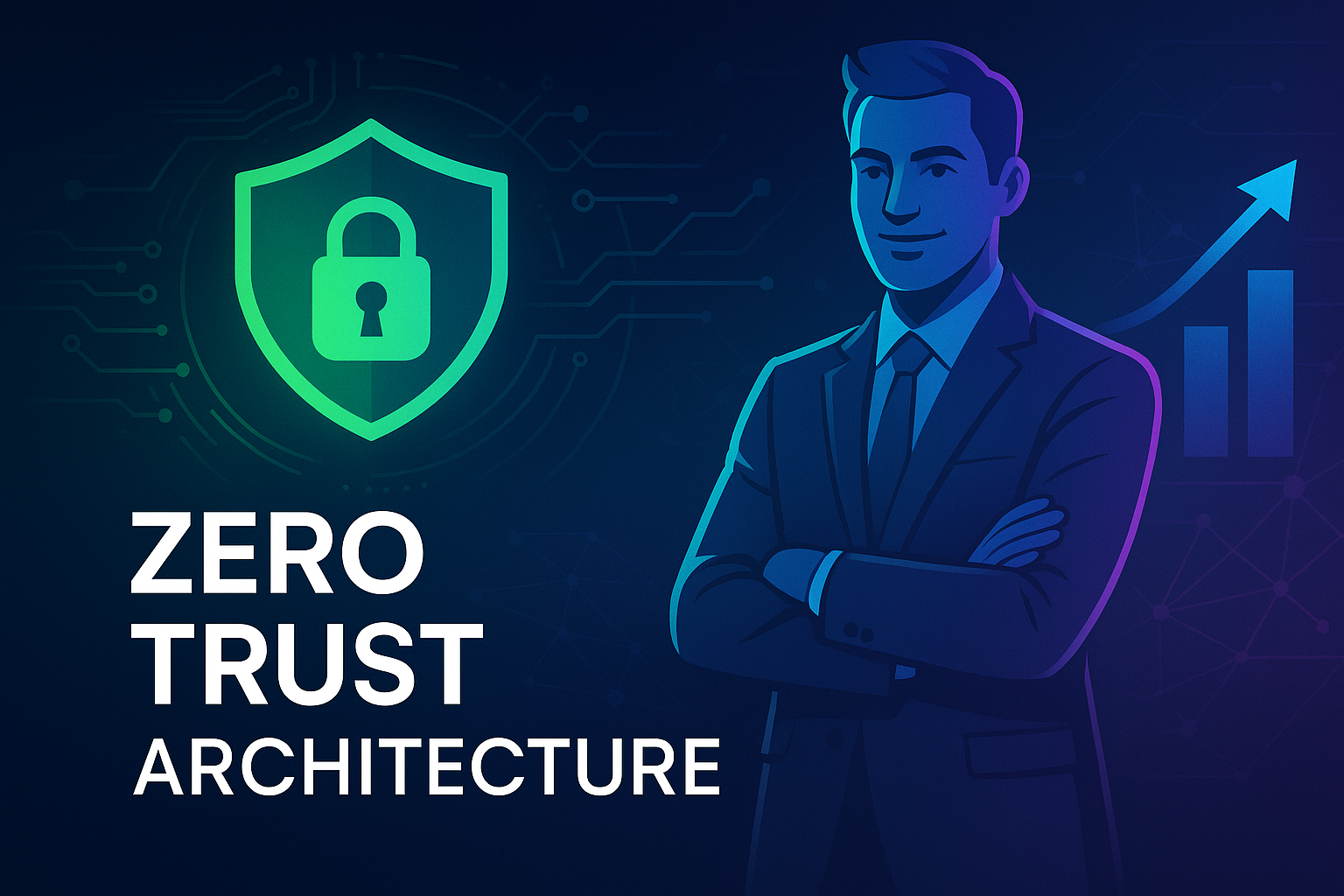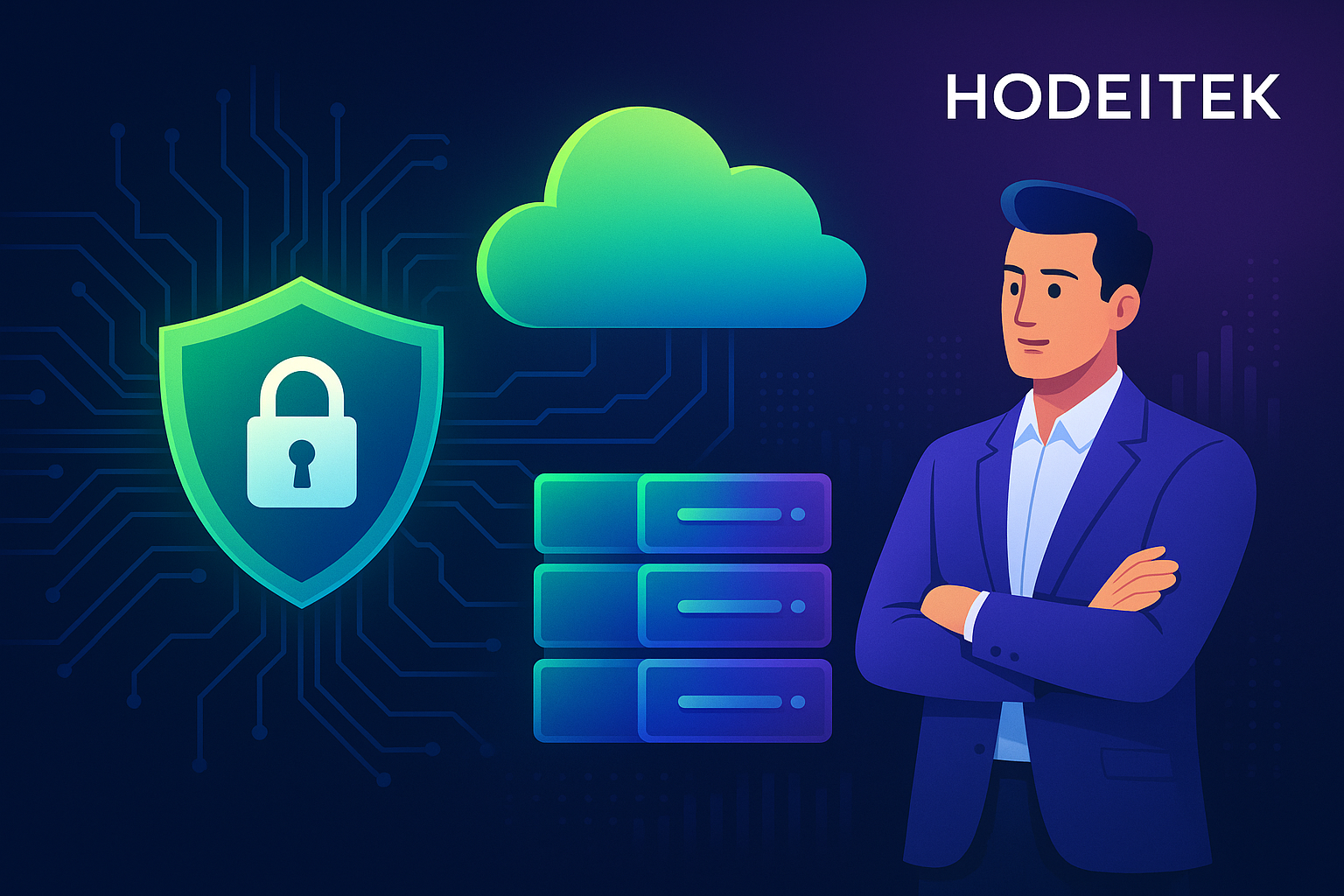New Malware “pgMem” Targets PostgreSQL: Protecting Your Databases from Emerging Threats
The cyber threat landscape is constantly evolving, and the latest malware, “pgMem,” specifically targeting PostgreSQL databases, is a stark reminder of the escalating sophistication of cyber-attacks. As organizations, particularly within the European Union and beyond, rely heavily on databases for critical operations, understanding and mitigating such threats is paramount. In this comprehensive article, we’ll delve into the details of the pgMem malware, analyze its implications, and explore how our cybersecurity services can help safeguard your systems.
Understanding pgMem Malware
The pgMem malware was recently identified and has been causing considerable concern among cybersecurity experts. According to a report on The Hacker News, this novel malware exploits vulnerabilities in PostgreSQL, a widely used open-source relational database management system. The attack vector revolves around exploiting weak points in the database’s memory to gain unauthorized access and wreak havoc.
Technical Aspects of pgMem
pgMem operates by injecting malicious code into PostgreSQL’s memory, allowing attackers to execute arbitrary commands and steal sensitive data. The malware leverages advanced obfuscation techniques, making it challenging to detect and analyze. Once inside, it can manipulate database operations, steal data, and potentially cause significant operational disruptions.
Implications for Businesses
For businesses, particularly those in the EU where data protection laws are stringent (such as the GDPR), the implications of a pgMem attack are dire. Data breaches can result in severe financial penalties, loss of customer trust, and long-term reputational damage. Thus, understanding this threat and implementing robust cybersecurity measures is critical.
Our Cybersecurity Solutions: Mitigating Database Threats
At Hodeitek, we offer an extensive range of cybersecurity services designed to protect your organization from advanced threats like pgMem. Let’s explore how our solutions can defend your PostgreSQL databases and overall IT infrastructure from such risks.
1. Comprehensive Cybersecurity Services
Our overarching cybersecurity services encompass a wide array of solutions, each tailored to address specific facets of an organization’s security needs. From threat detection to incident response, we ensure your systems remain protected against emerging threats.
2. EDR, XDR, and MDR
Endpoint Detection and Response (EDR), Extended Detection and Response (XDR), and Managed Detection and Response (MDR) play crucial roles in detecting and mitigating threats like pgMem. By continuously monitoring network and endpoint activities, these services can swiftly identify unusual patterns indicative of malware activity.
3. Next Generation Firewall (NGFW)
Our Next Generation Firewall (NGFW) offers advanced network security by incorporating traditional firewall capabilities with modern features such as deep packet inspection and intrusion prevention systems (IPS). NGFWs are instrumental in blocking unauthorized access attempts and thwarting malware like pgMem at the network perimeter.
4. Vulnerability Management as a Service (VMaaS)
Vulnerability Management as a Service (VMaaS) involves regular scanning and assessment of your IT infrastructure to identify and rectify vulnerabilities before they can be exploited. Implementing VMaaS can help in preemptively defending against potential pgMem exploits by ensuring your PostgreSQL databases are always up-to-date and secure.
5. SOC as a Service (SOCaaS) 24×7
Our SOC as a Service (SOCaaS) provides round-the-clock monitoring and threat detection, leveraging cutting-edge technology and expert analysts. A dedicated Security Operations Center (SOC) ensures real-time detection and response to threats, minimizing the window of opportunity for attacks like pgMem.
6. Industrial SOC as a Service (SOCaaS) 24×7
Similar to SOCaaS, our Industrial SOCaaS is tailored for the specific needs of industrial environments, providing continuous monitoring and tailored threat intelligence. This service is particularly crucial for sectors like manufacturing and utilities that rely heavily on specialized systems.
7. Cyber Threat Intelligence (CTI)
Cyber Threat Intelligence (CTI) involves gathering and analyzing information about current and emerging threats to proactively defend against cyber-attacks. By staying informed about the latest tactics, techniques, and procedures (TTPs) used by threat actors, we can better prepare your organization against threats like pgMem.
8. Data Loss Prevention (DLP)
Data Loss Prevention (DLP) strategies are vital in safeguarding sensitive information. DLP solutions monitor data flows and prevent unauthorized access or transfer of protected data, ensuring that even if a malware like pgMem breaches your systems, it cannot exfiltrate critical information.
9. Web Application Firewall (WAF)
Our Web Application Firewall (WAF) protects web applications by filtering and monitoring HTTP traffic between a web application and the internet. WAFs can prevent exploits like SQL injection, a potential method for pgMem, thereby safeguarding your web-based database applications.
Real-World Implications and Statistics
Data from cybersecurity reports show that database-targeted attacks have been on the rise. A study by Verizon in their 2024 Data Breach Investigations Report indicated a 12% increase in database breaches compared to the previous year. In the EU, the European Union Agency for Cybersecurity (ENISA) reported that database breaches accounted for approximately 19% of total cyber incidents in 2023. These statistics underscore the critical need for robust database security measures.
Case Study: Notable pgMem Incident
In a recent incident, a large retail company in Spain fell victim to a pgMem attack, resulting in the theft of customer data and disruption of their operations for several days. The breach exploited unpatched vulnerabilities in their PostgreSQL databases, highlighting the importance of timely updates and comprehensive security measures. Our team at Hodeitek intervened, deploying our SOCaaS and VMaaS solutions to detect and neutralize the threat, and subsequently enhanced their security posture to prevent future occurrences.
Conclusion: Protecting Your Organization with Hodeitek
In the face of sophisticated threats like pgMem, proactive and comprehensive cybersecurity measures are non-negotiable. At Hodeitek, we offer a suite of services designed to protect your databases and overall IT infrastructure from advanced cyber threats. By leveraging our expertise in EDR, XDR, MDR, NGFW, VMaaS, SOCaaS, CTI, DLP, and WAF, you can ensure robust defense mechanisms are in place to safeguard your organization.
Don’t wait for a breach to take action. Visit our services page and explore how our tailored cybersecurity solutions can benefit your business. For more detailed discussions and a tailored cybersecurity strategy, contact us today.
Secure your databases, protect your data, and fortify your organization’s cyber defenses with Hodeitek – your trusted partner in cybersecurity.






